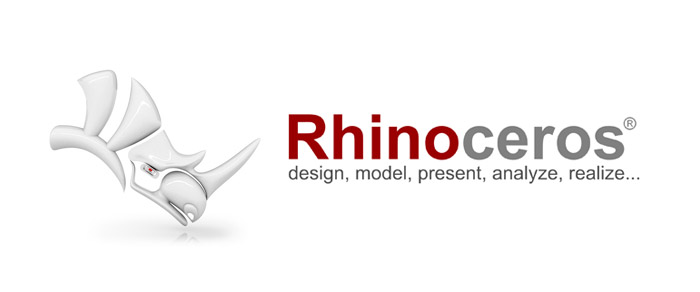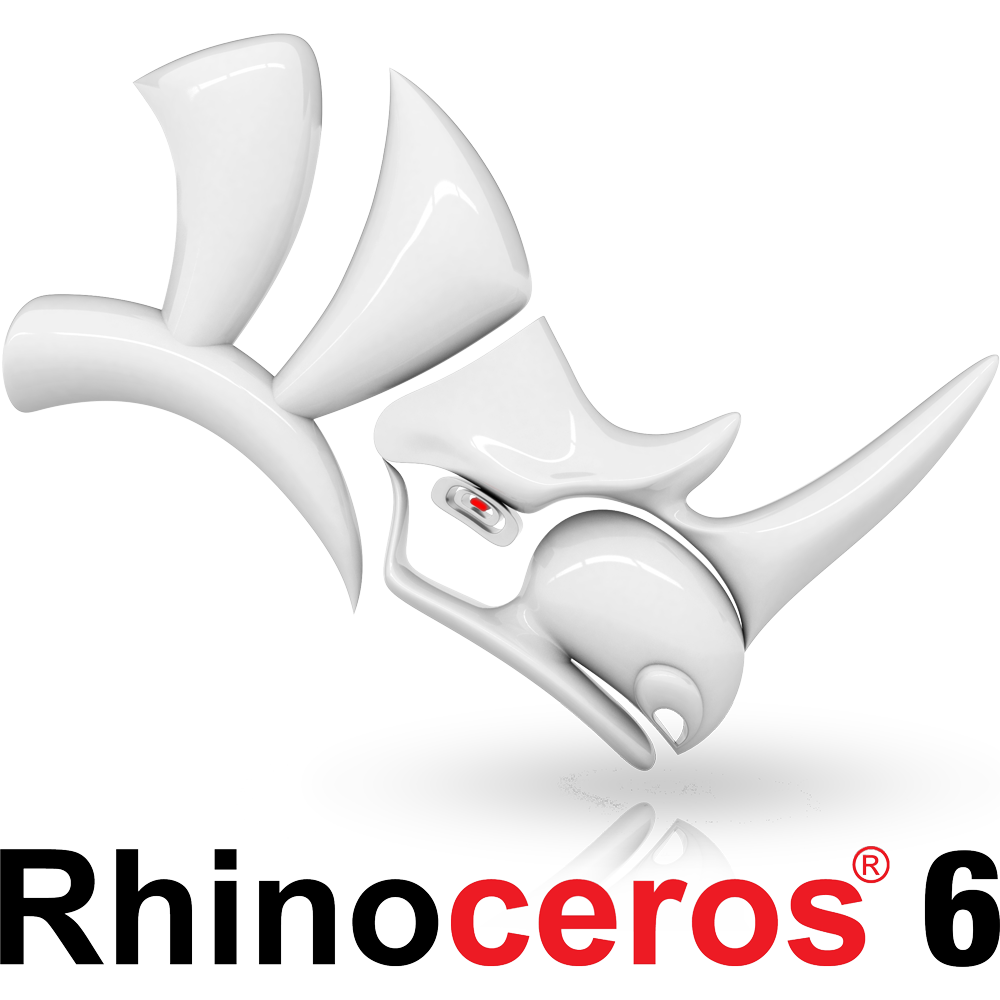

To redo, you simply right-click the same tool. For example, only the Undo tool appears on the Standard toolbar. To start a command from a toolbar, you click (or sometimes right-click) the tool.


When you select a different toolbar group at the top of the screen, the toolbar below it changes, and sometimes the side toolbar also updates. There is also a second toolbar docked to the left edge of the screen. This toolbar is divided into toolbar groups, each with its own tab, and initially 15 different groups are shown. Like AutoCAD, Rhino displays a filtered list of commands that automatically updates as you type, and you can repeat the last command by pressing ENTER when no other command is active.īelow these elements, a toolbar extends across the width of the screen. Below this, a command line lets you type commands and displays prompts and clickable options for the current command. When you first start Rhino, a menu across the top of the screen groups all Rhino commands by function. Rhino 6 for Windows, released in February 2018, retains all the features that have made Rhino a success, while offering numerous improvements.

Disk Space: 600MB required for installation.Processor: Intel or AMD CPU (no more than 63 CPU cores).Rhino 6 for Windows: $995, Upgrade: $495.More than 100 other third-party Rhino plug-ins contribute to the program’s popularity. McNeel offers several such add-ons, including Flamingo (a near photorealistic renderer), Bongo (design animation), Penguin (a scan-line renderer for creating stylized images of Rhino models) and Grasshopper (a visual programming language). Always affordable, Rhino today costs just $995 (or $195 for a student version).Īnd like AutoCAD, users and third-party developers can create add-ons to extend the power of Rhino. As such, Rhino allows users to start with a simple sketch and generate complex 3D shapes-virtually any shape imaginable. Geometry in Rhino is based on the NURBS mathematical model. Like AutoCAD, Rhino has always featured a command line where users can type commands. From its inception, Rhino was designed to be easy to learn, easy to use, low-cost and extensible. The software evolved from a 1992 program called Sculptura. Primarily a surface modeler, but with many related features, Rhino is developed by Robert McNeel & Associates. The program can create, edit, analyze, document, render, animate and translate Non-Uniform Rational B-Spline (NURBS) curves, surfaces, solids, point clouds and polygon meshes. Since its initial release at SIGGRAPH in 1998, Rhinoceros-or, more commonly, Rhino or Rhino3D-has won a very loyal following.


 0 kommentar(er)
0 kommentar(er)
